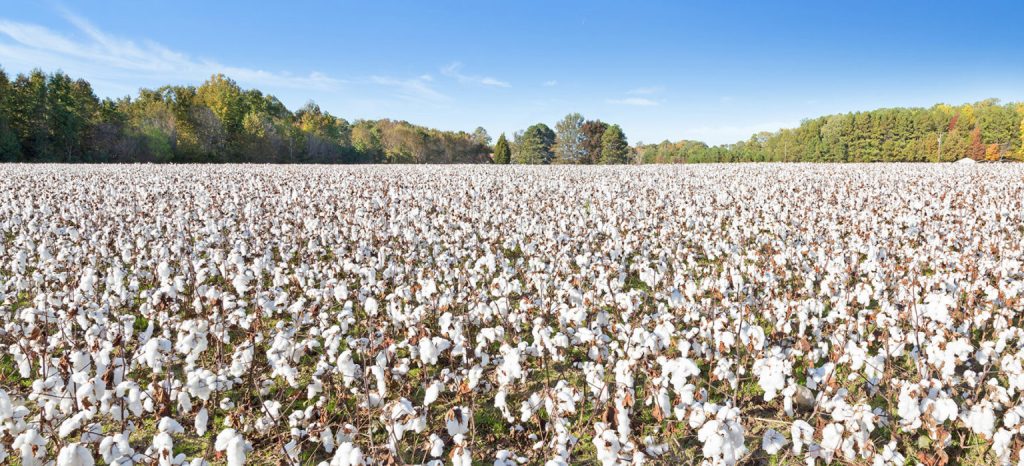ICAC releases cotton water footprint analysis and updates water consumption estimates
Brazilian cotton |
Study by the International Cotton Advisory Committee (ICAC) analyzed 38 countries and one of the best-rated is Brazil
A study published by the International Cotton Advisory Committee (ICAC) at the end of March shows the water footprint for cotton production worldwide. The study calculated that to produce 1 kilogram of cotton lint an average of 8,920 litres of water are required, contrary to the 10,000 to 20,000 litres that other recent studies have indicated.
The “Water Footprint in Cotton 2020–2024: A Global Analysis” study by ICAC, analyzed data from 38 countries over the period between 2020 and 2024. The result was: a global average of 8,920 litres/kg, of which 6,576 litres/kg (73.4%) are sourced from rainfall and only 2,344 litres/kg come from irrigation.
Since rainfall is cyclical and returns to the environment through plant evapotranspiration or soil infiltration, the ICAC study contradicts the notion of cotton being a “thirsty” crop that uses excessive amounts of water.
“There are still many myths about the water footprint of cotton. Studies such as this one by ICAC are essential for scienced-based clarification of misinformation,” said the president of the Brazilian Cotton Growers Association (Abrapa), Gustavo Piccoli.
The water footprint calculates the total amount of water required to produce goods and services. In the analysis of agricultural products, as in the case of cotton, the calculation considers both water originating from rainfall and from irrigation throughout the production process.
To reach a global average figure, ICAC collected data on irrigation, yields, rainfall, plant evapotranspiration, soil water balance, crop water requirements and crop production across 38 different countries. The analysis covered a period of four full crop seasons (from 2020 to 2024).
According to the author and Chief Scientist at ICAC, Keshav R Kranthi, “the study shows the need to shift the focus of the debate on cotton water usage away from rainwater and onto the prioritization of how to optimize water used in irrigation”.

Brazil. The study also showed that Brazil’s water footprint is 3,436 litres per kilogram of cotton lint, of which 3,372 litres come from rainwater and only 64 litres come from irrigation. This is the third lowest ration in the world, well below the global average (8,920 litres/kg), in relation to the top ten largest cotton producing countries which average 7,140 litres/kg.
One of the reasons for Brazil’s performance in this regard is its low usage of irrigation in cotton growing. In the last crop year (2023/24), only 9% of all Brazilian cotton production occurred in irrigated areas, according to ICAC data. Gustavo Piccoli explains that Brazilian cotton production is mostly rainfed and irrigation is used just as a supplementary measure.
“We invest significantly in production technology to get the most of our fields and to ensure the rational use of natural resources such as water”, said Abrapa’s president. Among the technical solutions frequently implemented on the farms are seed breeding improvements, precision farming, weather stations, automated machinery and digitalized farm management systems for better input usage.
Full study report. The ICAC study shows the water footprint in cotton for 38 countries including the largest cotton producing countries such as China, India, the United States and Pakistan, as well as Brazil. See the full report here: https://bit.ly/Icac-WaterFootPrint2025
